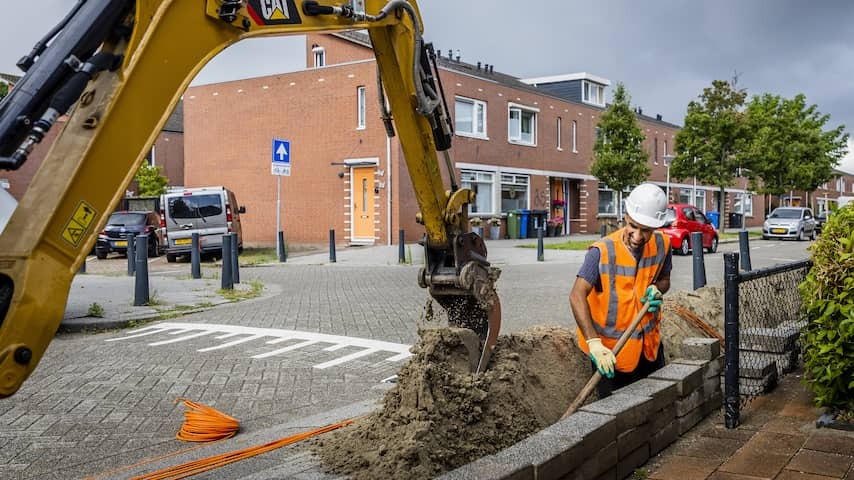
Fiber optic has overtaken Ziggo’s coaxial cable, according to figures from the regulator ACM. Since the beginning of this year, more internet subscriptions have been active via the fiber optic networks of, for example, KPN, DELTA and Open Dutch Fiber than via Ziggo’s cable network.
More and more households are gaining access to fiber optic. In the first quarter of this year, a fiber optic cable was laid at 8.42 million homes. That is a growth of more than one million fiber optic lines compared to a year earlier. This is evident from the Telecommunications Monitor on the first quarter of 2025 from the Authority for Consumers & Markets (ACM) that will be published on Tuesday.
The regulator also notes that fiber optic networks are now being installed en masse in areas where less fiber optic was previously available. This concerns, for example, Zeeuws-Vlaanderen, Zuid-Beveland and the north of Drenthe.
The use of fiber optic is also growing steadily. At the end of the first quarter, an internet subscription was active on 3.27 million fiber optic connections. This means that there are now more subscriptions active on fiber optic than on Ziggo’s coaxial cable network. There are still 3.16 million internet connections active on that network.
Ziggo has seen the number of internet connections via its network decline for years in a row. In addition, the number of internet connections via the copper line (the old telephone line) is steadily decreasing. This is mainly because KPN shuts down the copper line after some time in areas where fiber optic has been installed.
Furthermore, the regulator ACM sees that the fixed telephone line is becoming increasingly unpopular. The number of fixed telephone connections has fallen to 3.9 million. This means that less than half of all Dutch households still have a landline.